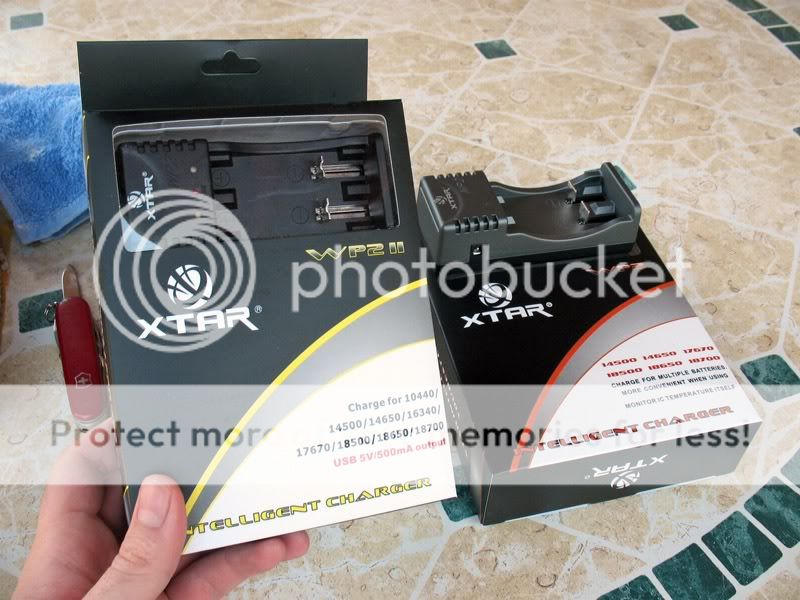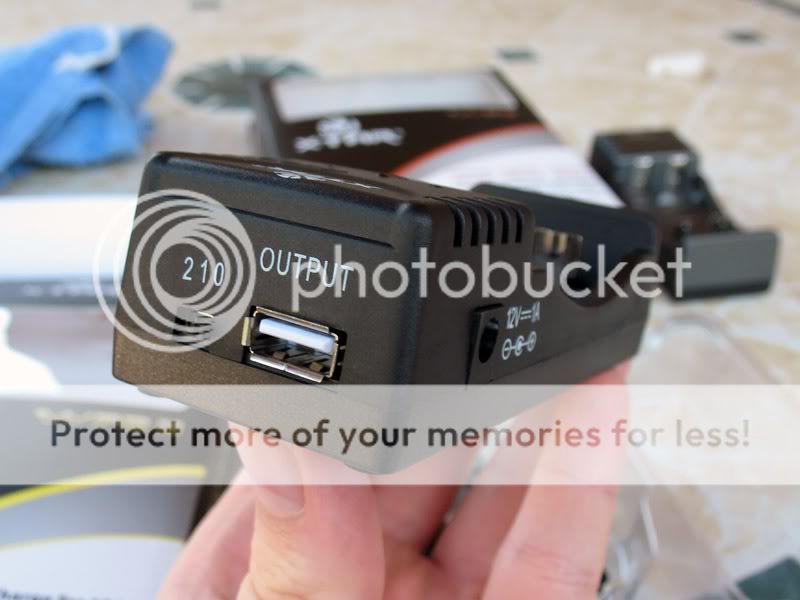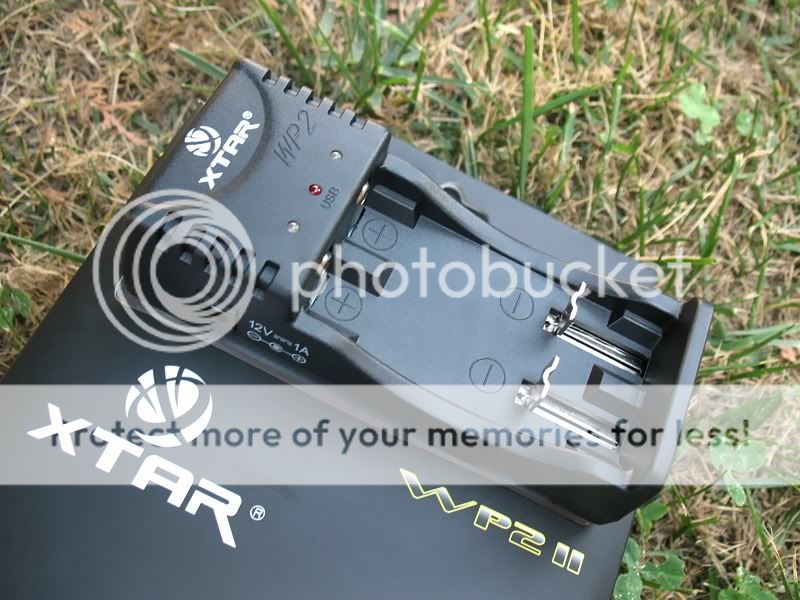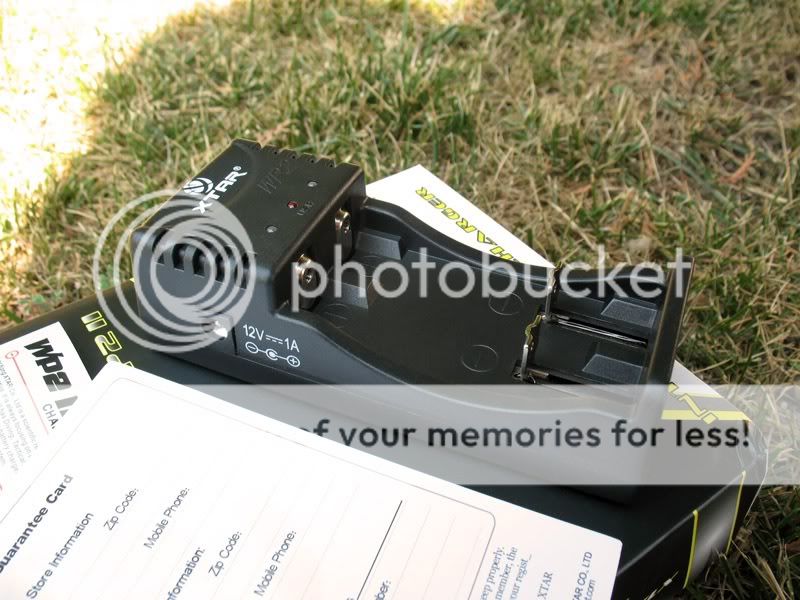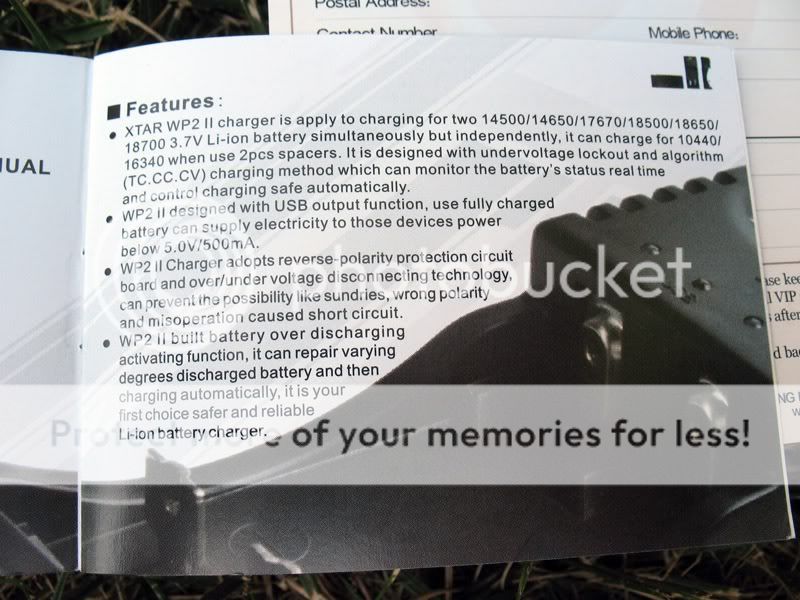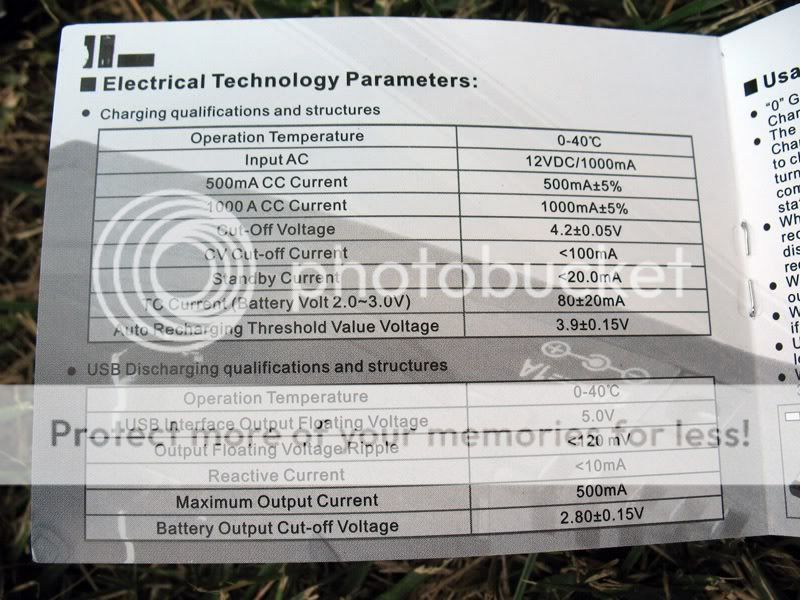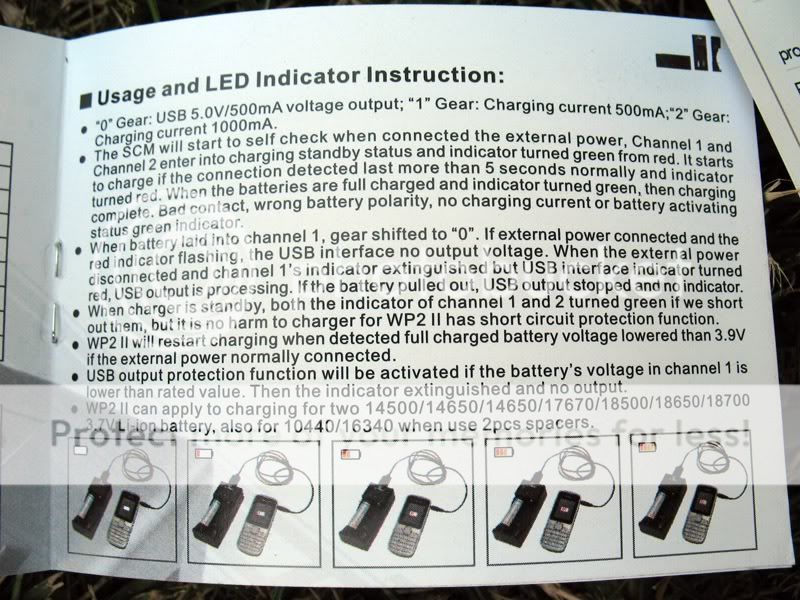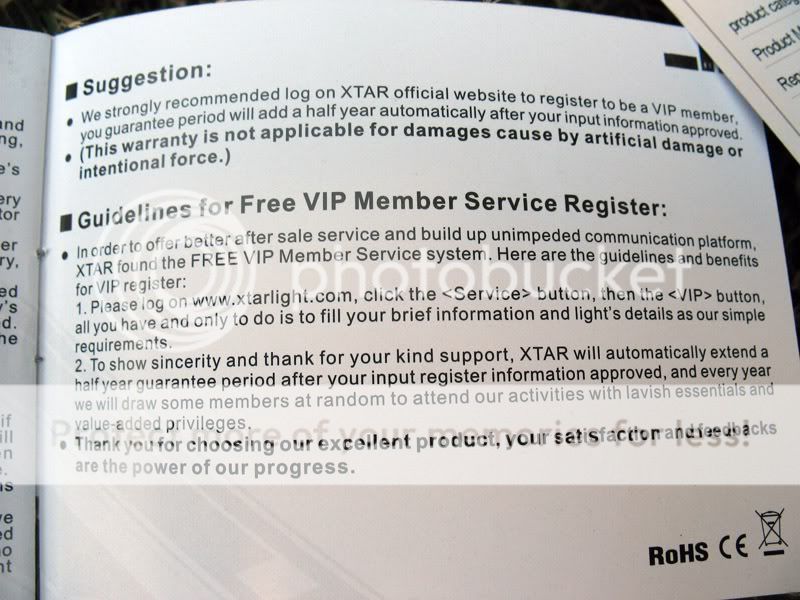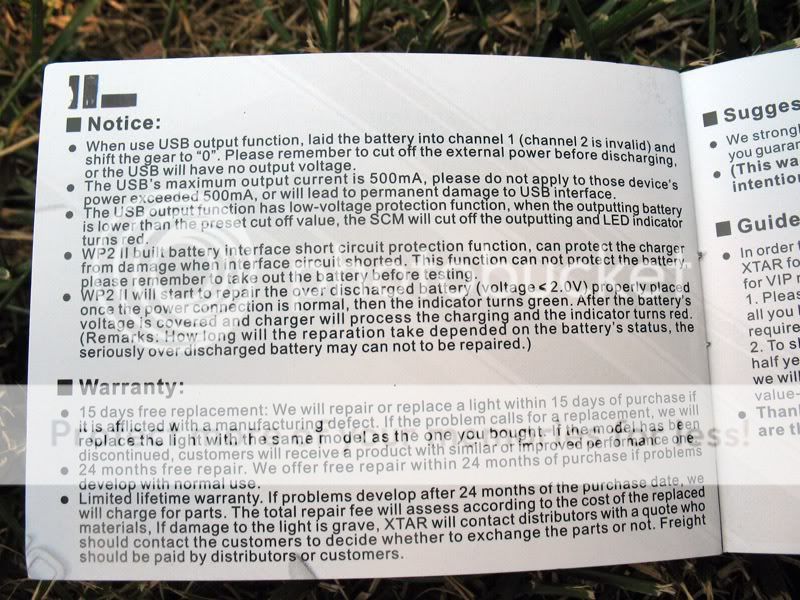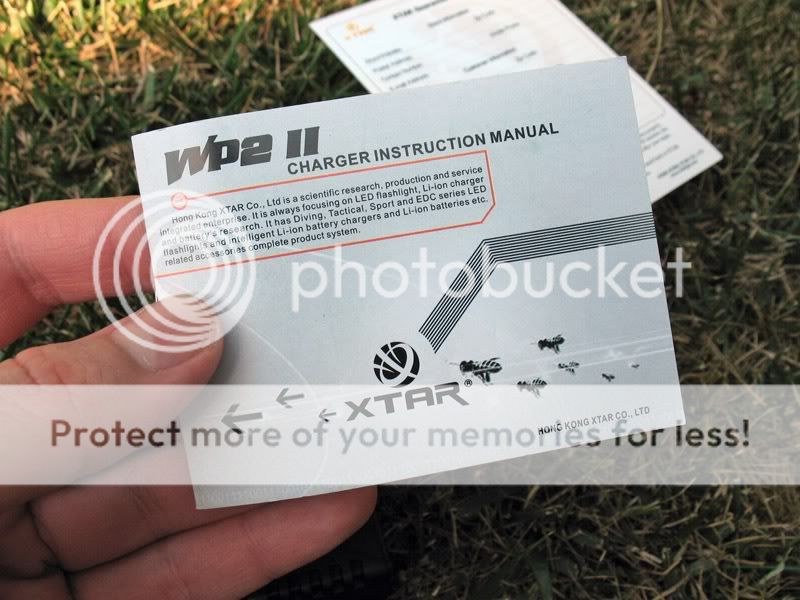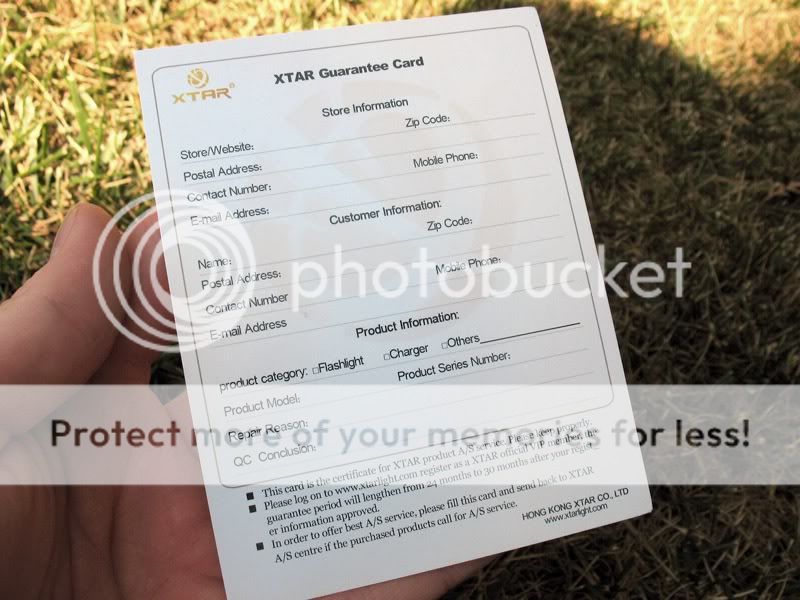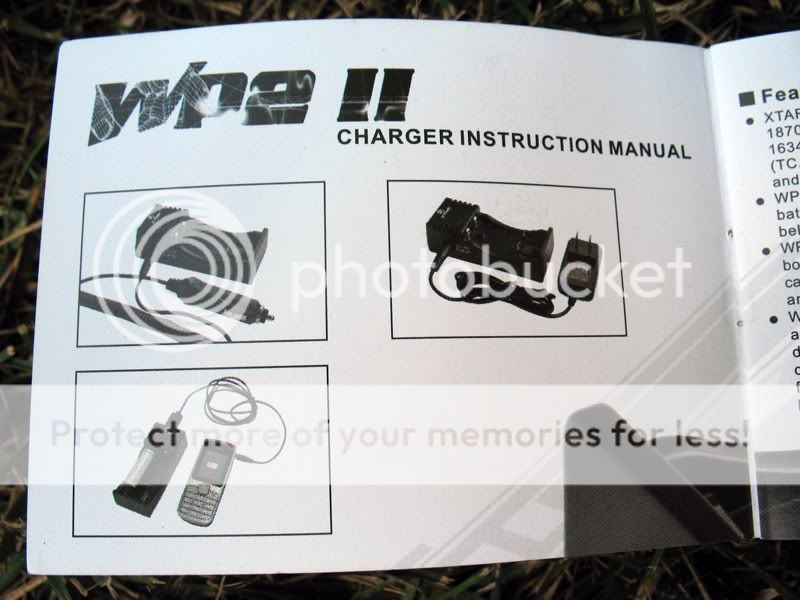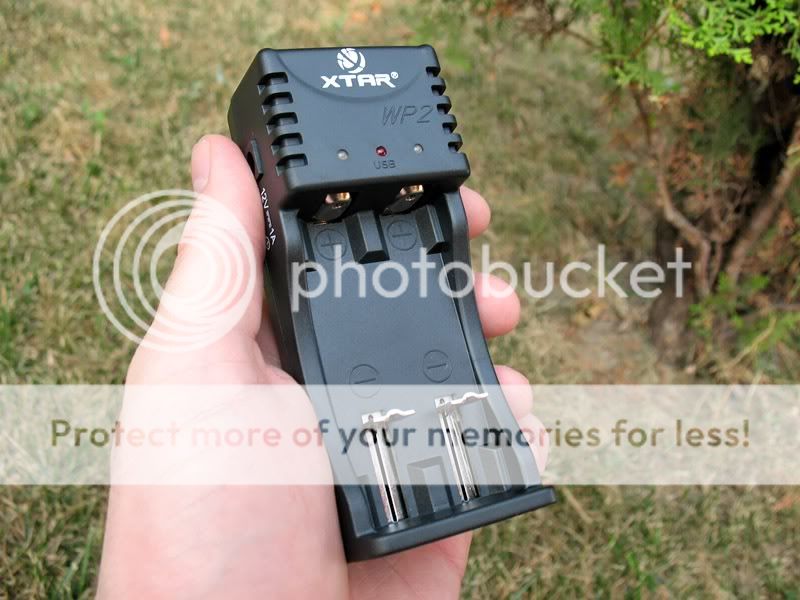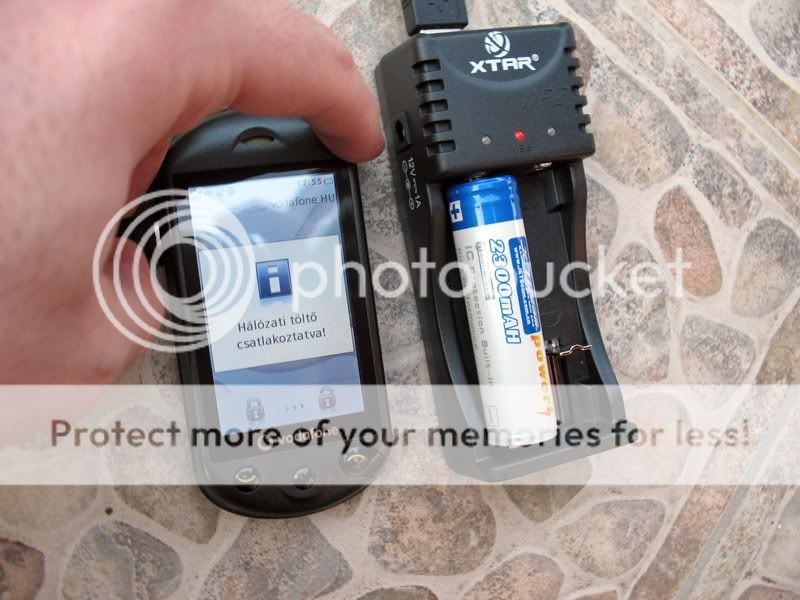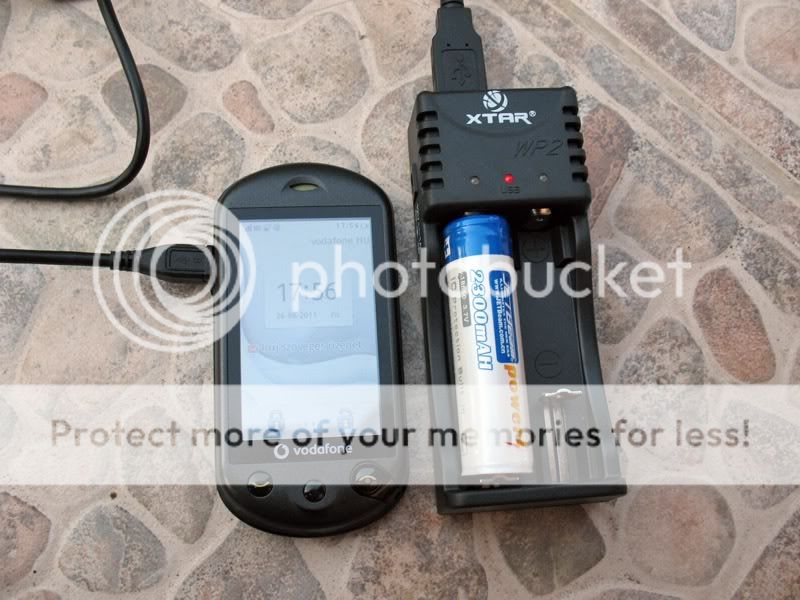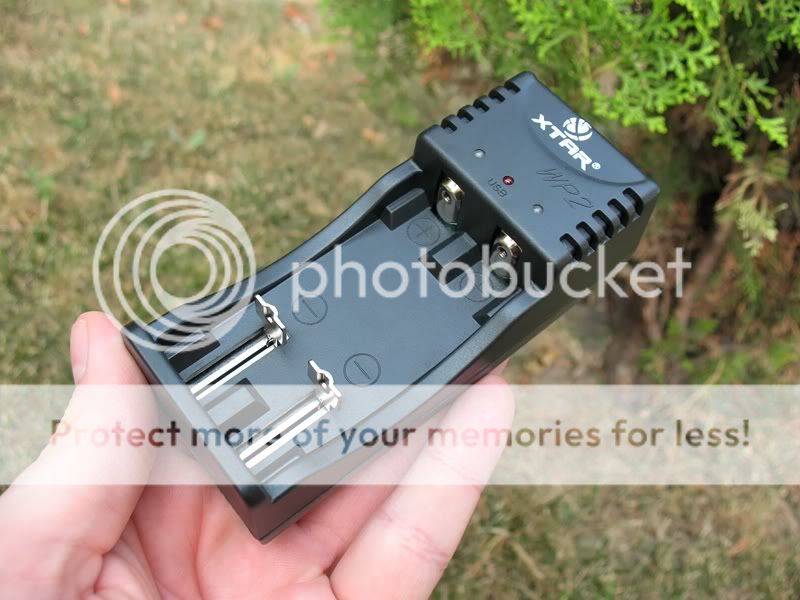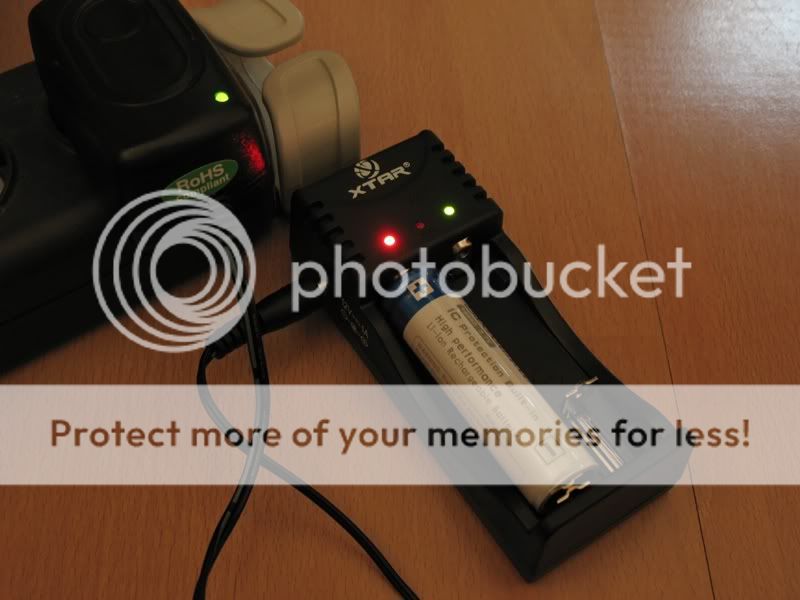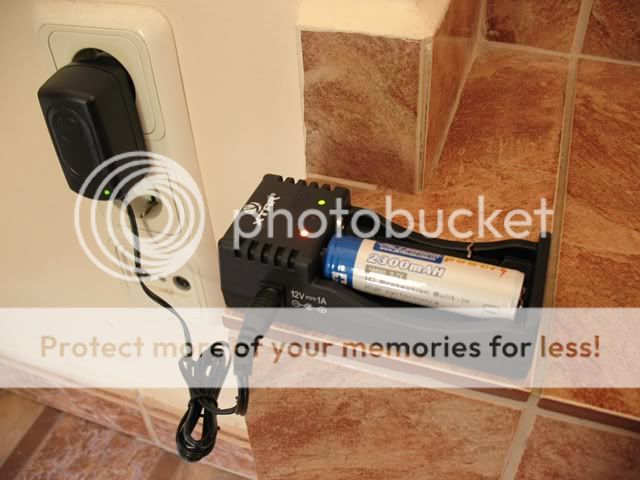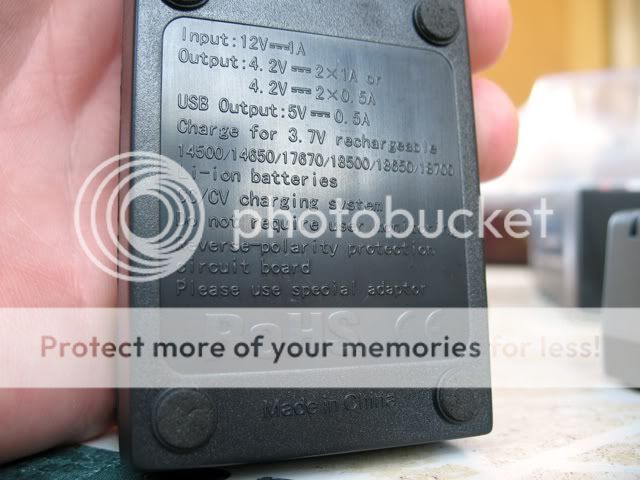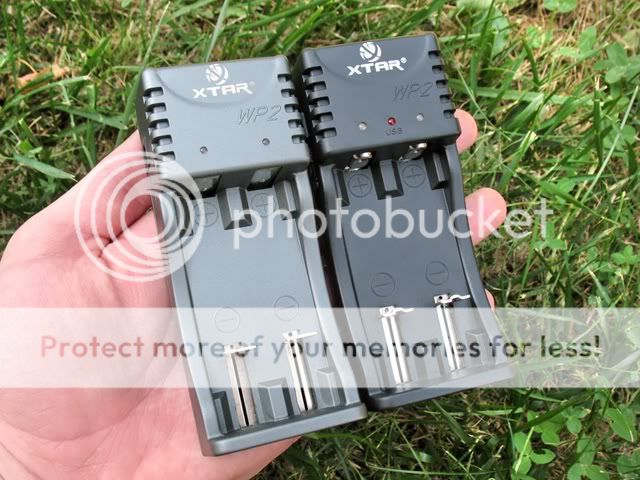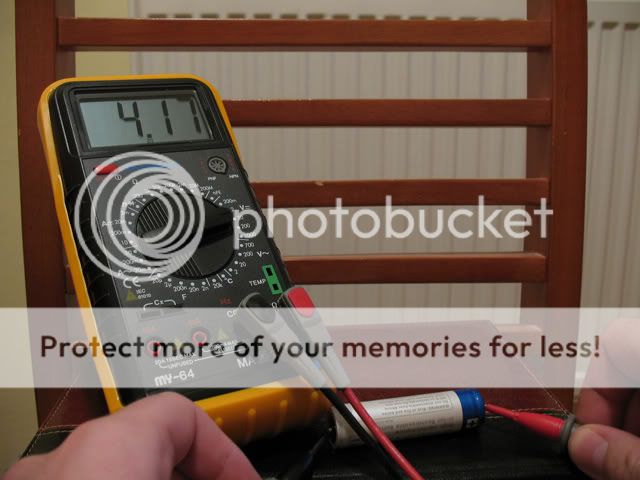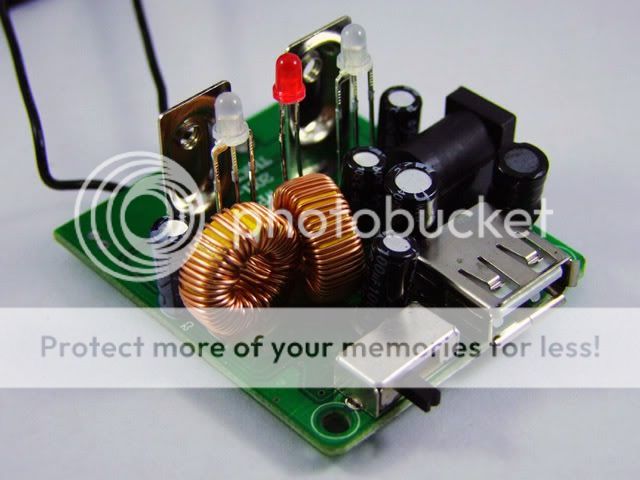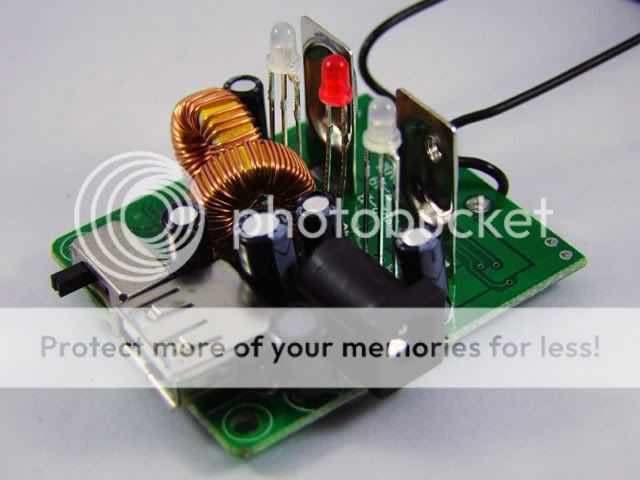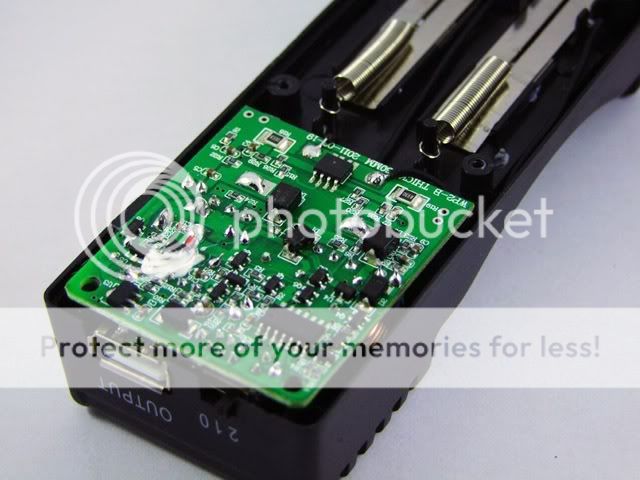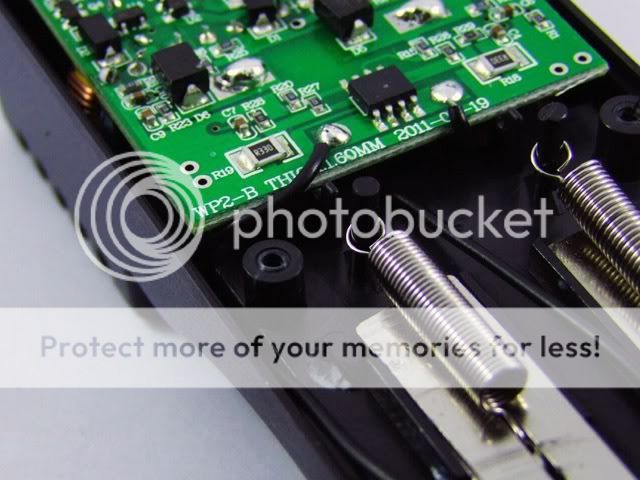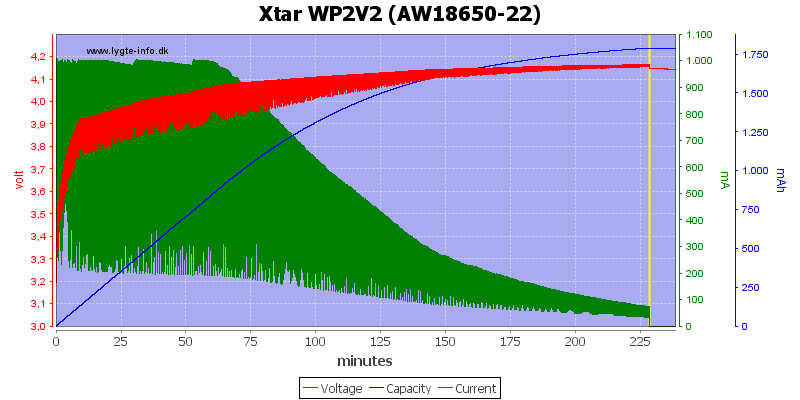Features:
XTAR WP2 charger is apply to charging for two 14500/ 14650/ 17670/ 18500/ 18650/ 18700 3.7V Li-ion battery simultaneously but independently, it can charge for 10440/16340 when use 2pcs spacers. It is designed with undervoltage lockout and algorithm (TC.CC.CV) charging method which can monitor the battery's status real time and control charging safe automatically.
WP2 designed with USB output function, use fully charged battery can supply electricity to those devices power below 5.0V/500mA.
WP2 Charger adopts reverse-polarity protection circuit board and over/under voltage disconnecting technology, can prevent the possibility like sundries, wrong polarity and misoperation caused short circuit.
WP2 built battery over discharging activating function, it can repair varying degrees discharged battery and then charging automatically, it is your first choice safer and reliable Li-ion battery charger.
more info qualitychinagoods
XTAR WP2 charger is apply to charging for two 14500/ 14650/ 17670/ 18500/ 18650/ 18700 3.7V Li-ion battery simultaneously but independently, it can charge for 10440/16340 when use 2pcs spacers. It is designed with undervoltage lockout and algorithm (TC.CC.CV) charging method which can monitor the battery's status real time and control charging safe automatically.
WP2 designed with USB output function, use fully charged battery can supply electricity to those devices power below 5.0V/500mA.
WP2 Charger adopts reverse-polarity protection circuit board and over/under voltage disconnecting technology, can prevent the possibility like sundries, wrong polarity and misoperation caused short circuit.
WP2 built battery over discharging activating function, it can repair varying degrees discharged battery and then charging automatically, it is your first choice safer and reliable Li-ion battery charger.
more info qualitychinagoods
Last edited by a moderator:



